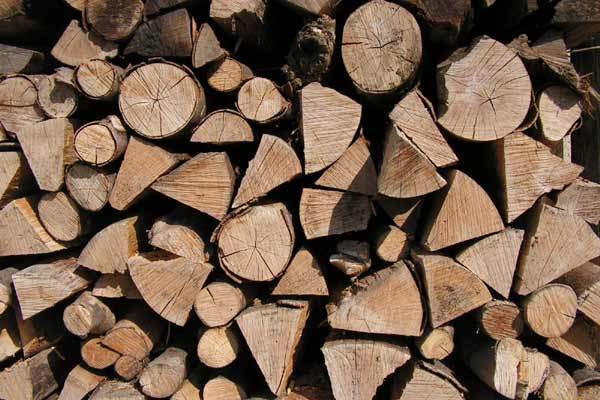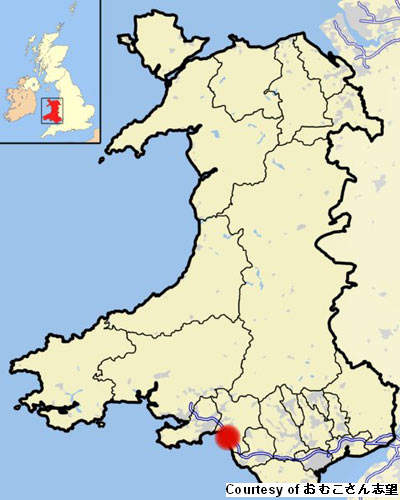The Western Wood Energy biomass plant is the first commercial-scale power station of its kind in Wales. The plant located in Margam, Port Talbot, became fully operational in September 2009. Built at a cost of £33m, the plant is spread across an area of six acres. It will burn 160,000t of clean wood a year, supplied by the South Wales Forestry Commission to generate 14MWe. The electricity produced will be sufficient to power 31,000 homes in the region.
The project was conceived by Western Log Group, which secured planning permission in April 2004. A joint venture was formed in August 2004 with Eco2, a renewable energy company, to build the plant. The plant is owned by a consortium consisting of Good Energies and Western Log Group operating as Western Bioenergy. Good Energies is a global investor in renewable energy and energy efficiency industries and WLG is a leading supplier of timber cabins in the UK.
Project finance
The main financier for the project was Good Energies. Additional funds were provided by the Bank of Tokyo-Mitsubishi UFJ and a consortium of other banks. Good Energies and Western Log Group were able to secure substantial build grants from programmes including £9.6m from the EU’s Objective 1 programme and £4.65m from DTI’s bioenergy capital grant scheme.
Construction
A turnkey contract for the construction and delivery of the Western Wood Energy plant was signed in April 2006 with a consortium comprising Aalborg Energie Technik and Burmeister & Wain Scandinavian Contractor.
Groundbreaking for the plant began in 2006. The project created 200 construction jobs in the construction phase and 20 new manual, technical, administration and managerial jobs in the operational phase.
Margam was chosen as the location for the plant due to its proximity to the edge of the industrial area and the motorway for deliveries and for its good grid connection. The developers of the plant signed a power purchase agreement with Scottish Power to utilise the electricity generated. Grid connectivity will be provided by Western Power.
Western Wood Energy plant
The plant encompasses the power plant, wood chipping and storage facilities and vehicle manoeuvring areas. The power plant comprises an AET-M-1050 single-drum boiler, a two-shaft steam turbine supplied by Mitsui Engineering & Shipbuilding, an integrated firing system with advanced grate and low-NOx system, a baghouse, a steam set and an air-cooled condenser supplied by GEA.
The AET boiler is equipped with natural circulation with a thermal input of 47.5MW. The integrated firing system of the boiler has an advanced spreader-stoker travelling grate. The travelling grate ensures complete burnout of the wood in the combustion system to minimise the formation of NOx. The baghouse consists of a bag filter, which removes dust and other particles from the combustion gases. The plant will burn 20t of wood chips an hour – the chips arrive at the plant via trucks every hour or two. Round wood is stored on site and chipped as required.
Power generation
After the wood arrives at the site, the fuel handling system stores, chips and blends it before feeding it to the combustion plant. The heat generated from the boiler is used to transform water to superheated steam at 92bar, 512°C. The superheated steam drives the two-shaft steam turbine to generate electricity. The superheated steam from the turbine is transformed back into water by the condenser, before returning to the condensate system connected to the boiler.
Contractors
UK-based engineering consultant Gifford was commissioned to provide site management along with an AET representative. Gifford’s responsibilities included progress and programme monitoring, interface issues and reporting, site meetings, monthly accounts certification etc.
AET, the turnkey supplier for the project designed, supplied, constructed and commissioned the fuel storage and preparation, fuel feeding and dosing, combustion system travelling grate spreader stoker with AET-Biograte, oil burner, boiler with superheater and economiser. It also installed a SCADA system and instrumentation, ash-handling system, flue gas cleaning system, stack piping and ducting, insulation, structural steel, galleries and stairs.
Local contractors were contracted to undertake £7m worth of construction work during the build phase.
Local environmental impact
By burning sustainable fuel, the plant is expected to reduce carbon dioxide (CO²) emissions by 47,000t a year when compared with those generated by an equivalent fossil fuel power station. The plant is expected to make a significant contribution to the Welsh Assembly’s target of a 34% reduction of greenhouse emissions by 2020.






